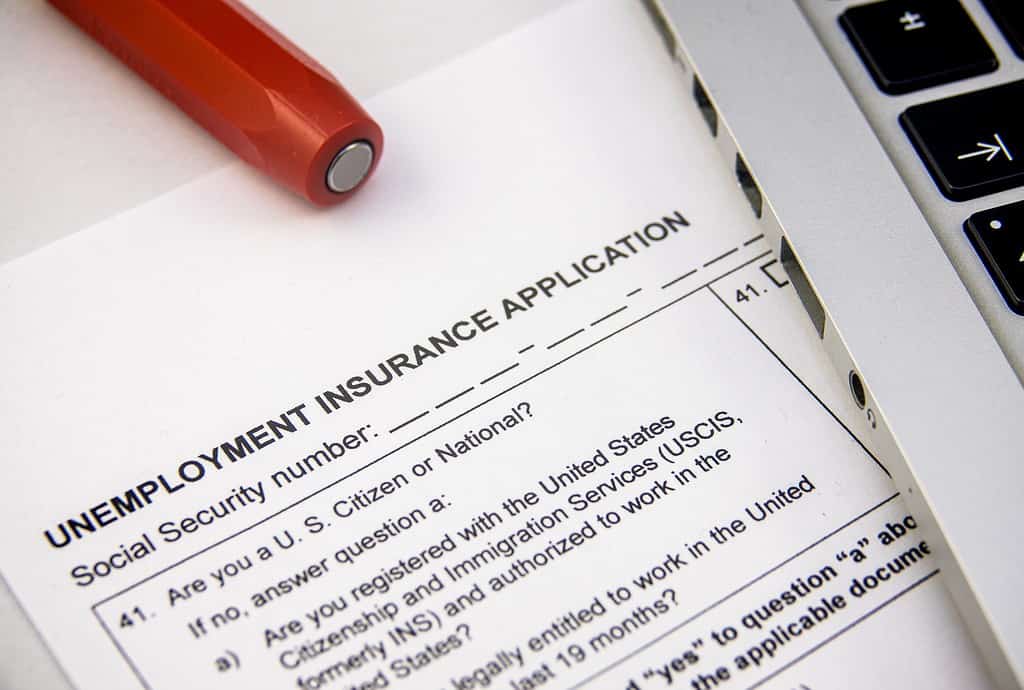California is one of the most populous states in the country, yet it boasts relatively fewer residents with disabilities than the national average. In fact, only 23% of Californians have some form of disability compared with a national average of 25.6%.
Even so, California residents with disabilities are heavily impacted with disproportionately more negative health outcomes than their non-disabled counterparts, making access to disability services and benefits critical.
California spends slightly over $38 billion every year on disability healthcare expenditures and has empowered many disability rights groups to help people with disabilities access the various benefits available to them. Read on to learn more about social security local to California.
How to Qualify for SSDI in California
Like other states, California’s criteria for qualifying for disability is not different from the national criteria. However, the initial approval rate is usually determined at the state level. The average approval rate for initial applications in California is 37%. If your initial application is rejected, you may appeal the decision.
To qualify for Social Security Disability Income (SSDI) in California, you must have a work history showing that you have fully paid into the Social Security tax system. The amount and duration of your work history will determine whether you qualify for benefits and how much you will receive.

You must have worked 5 out of the last ten years to qualify. If you are younger than 24, you may qualify with a shorter work history. If you become disabled before you have a chance to build up a sufficient work history, you may still qualify for benefits through a family member’s work record.
In addition to having work history, you must also have a medical condition that meets the Social Security Administration’s (SSA) definition of disability. The SSA uses a 5-step process to determine whether someone is disabled:
- Are you working?
- Is your condition severe?
- Does your condition meet or equal a listed impairment?
- Can you do the work you did before?
- Can you do any other type of work?
If the answer to any of these questions is “no,” you may be considered disabled.
It is important to note that you cannot receive SSDI benefits if your disability is due to drug or alcohol abuse.
While you may be allowed to apply for SSDI while working, your monthly income shouldn’t exceed $1,310. In most cases, SSDI is reserved for people with disabilities severe enough to affect their ability to work and earn for at least one year.
Applying for SSDI in California
The first step in applying for SSDI is contacting the SSA and setting up an appointment. You can do this by calling 1-800-772-1213 (TTY 1-800-325-0778).
When you go to your appointment, you will need to bring the following information:
- Your Social Security card;
- Proof of age;
- Proof of citizenship or alien status;
- W-2 forms or self-employment tax returns for the last two years;
- Medical records related to your disability (if you have them);
- Information about any prescription medications you are taking;
- The names, addresses, and phone numbers of doctors, caseworkers, clinics, and hospitals you have visited for your medical condition.
Once you have gathered all the required information, you can begin the application process online, by calling 1-800-772-1213, or by visiting your local Social Security office.

It generally takes about three to five months to get a decision on an SSDI claim. If your claim is approved, you will begin receiving benefits within a few weeks. If your claim is denied, you have the right to appeal the decision.
Appealing a Denied Claim
If your initial claim is denied, you can file an appeal with the SSA. The appeals process features four stages:
- Reconsideration
- Hearing by ALJ (Administrative Law Judge)
- Review by the Social Security Administration’s Appeals Council
- Federal Court Review
The first level of appeal is called reconsideration. You must submit a written request within 60 days of receiving your denial notice to request a reconsideration. Your request must include any new evidence or information you think the SSA should consider.
Once your request for reconsideration is received, your case will be assigned to a different claims examiner who will review your file plus any new evidence. The claims examiner will then make a decision on your claim. If the claims examiner approves your claim, you will begin receiving benefits. If the claims examiner denies your claim, you can request a hearing before an administrative law judge.
The second level of appeal is a hearing before an administrative law judge. This is a formal court proceeding where you will have the opportunity to present evidence and testimony to support your claim. You can represent yourself at this hearing, but it is generally in your best interest to have an attorney represent you.

The third level of appeal is a review by the Social Security Administration’s Appeals Council. The Appeals Council will review your file and decide whether to hear your case or deny it. If the Appeals Council denies your claim, you can file a lawsuit in federal court.
The fourth and final level of appeal is federal court review. This is your last chance to have your claim approved. If you decide to file a lawsuit, you must do so within 60 days of receiving the denial from the Appeals Council.
It’s important to note that most claims are denied at the initial stage. However, if you follow the appeals process, you have a good chance of having your claim approved.
Appeal Hearings in California
California has the highest number of hearing offices and administrative law judges than any other state in the country. The state has 18 hearing offices and 142 administrative law judges to serve the millions of California residents.
Long Beach SSA Office has the highest approval rate of all the SSA field offices in the state. The average hearing wait time is 15 months, while the average processing time is 493 days.
The next best hearing office is Oakland SSA Office. The average hearing wait time is 13 months, while the average processing time is 467 days.
Seek Legal Help!
If you live in California and cannot work due to a disability, you may be able to qualify for Social Security Disability Insurance (SSDI).
However, applying for SSDI can be confusing, so it’s essential to have an experienced California social security lawyer on your side.
Our team at Legal Giant is here to help. We have helped many people successfully apply for SSDI, and we can do the same for you. Contact us today for a free consultation.

